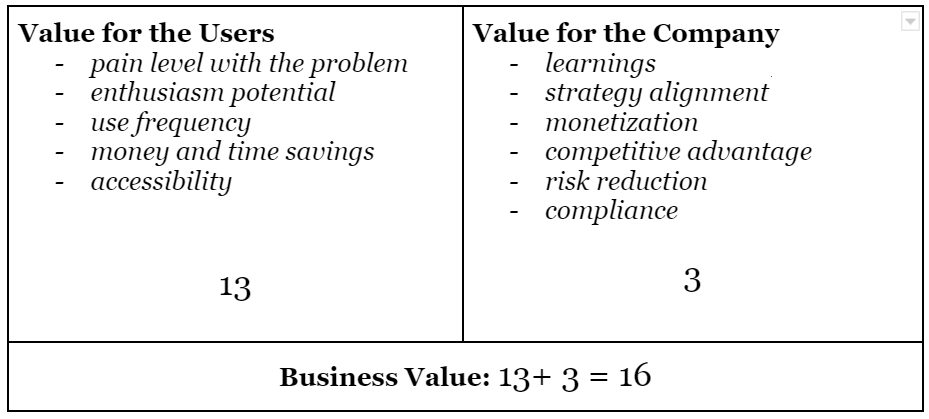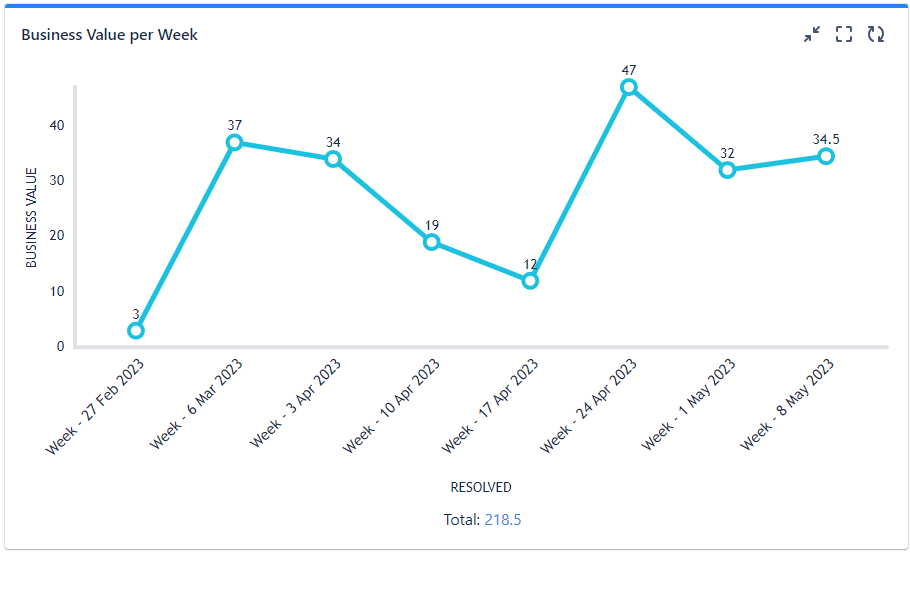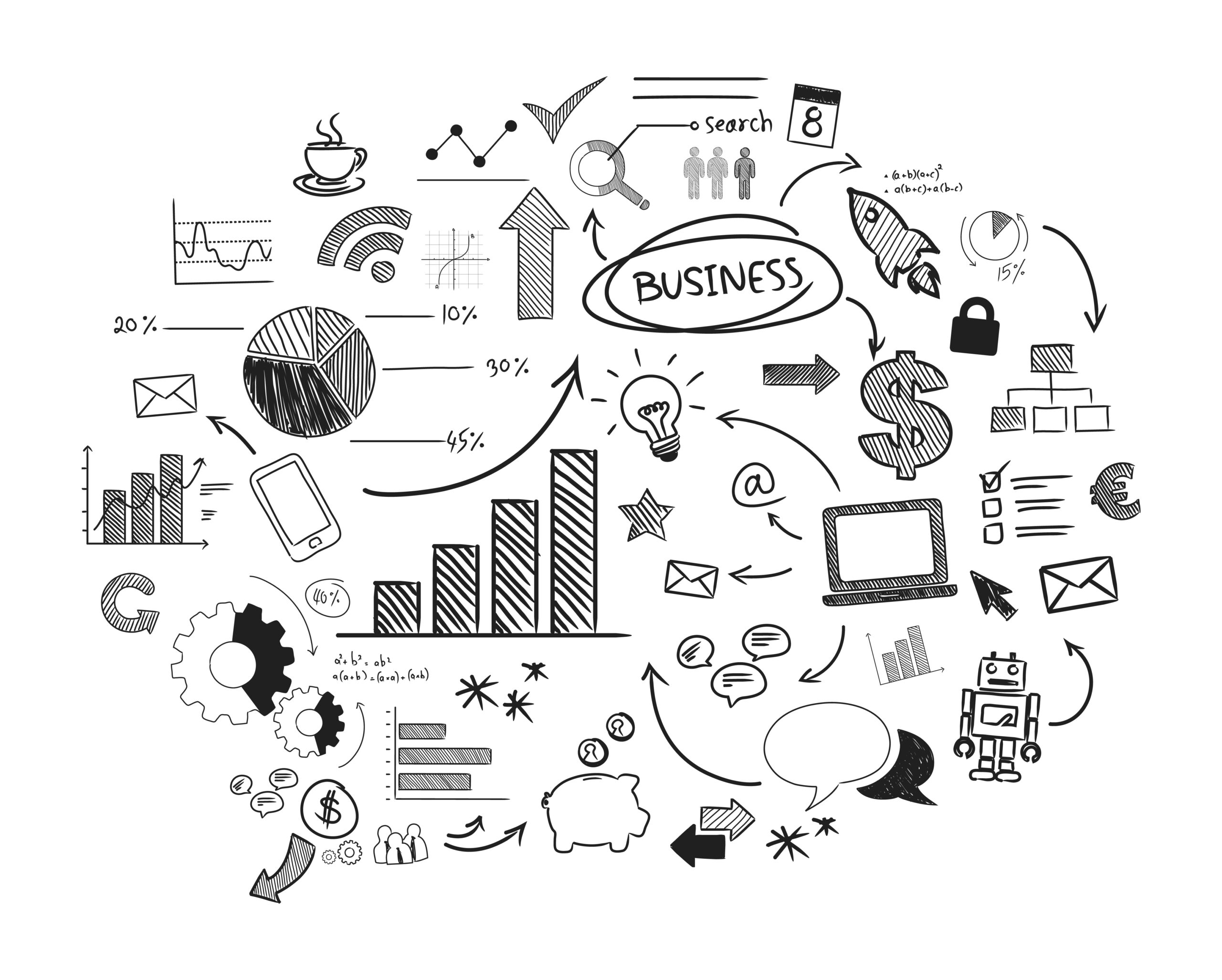What is the Business Value?
Business Value has become in the last years a fundamental concept in driving businesses. Estimating Business Value is probably the most difficult activity of a Product Owner and at the same time the most important. The sum of all benefits which are produced by a business is what we call Business Value.
The value is not only the value delivered to customers. It can be also:
- The value for employees.
- The value for partners.
- The value for the company itself (company assets).
- The value for the society.
The Business Value is more reliable than the revenue to measure the performance of an organization. The revenue is indeed dependent on the market factors. The revenue is only a part of the Business Value: It is the liquid asset required to make the company work.
How to estimate the Business Value in your backlog?
The created value is something subjective. It can only be verified by the beneficiary parties a posteriori. So it has to be estimated with a high degree of uncertainty and verified iteratively with prototypes, like in the Design Thinking method.
It requires many interviews, empathy and experiments to determine what is really useful and will bring the most Business Value.
Business Value can be quantified everywhere where prioritization is required. It can be the case for Epics, Features or User Stories. The User Business Value is the described benefit, the reason why a user will use your service or product. It depends on two things: how painful the problem is for the users and how accessible the proposed solution is. An accessible solution generates indeed more Business Value, as it requires less learning effort.
The Product Owner can build their own scorecards based on its research with users and stakeholders:

The Business Value Estimation Poker may help the Product Owner to better estimate the hypothetical Business Value. He can ask the Team to give estimates with poker cards for each category.
Prioritization using Business Value and ROI
To maximize the generated Business Value, you have to look at which solution brings the most Business Value and can be delivered early.
The solutions with the best ratio between Business Value and costs (Return on Investment) should be therefore at the top of your Backlog. In Software Development projects, the estimated complexity in Story Points can be used as a proxy for the costs:
Tracking the Business Value
In the Scrum Framework, the Velocity is used as a primary indicator of the team performance. The measured Velocity is based on the delivered story points over time. It is good to know how much complexity your team can solve, but it is better to know whether the team is generating value.
With most task management tools like Jira, it is possible to add custom fields to associate Business Value to your User Stories or Features.
By adding the Business Value from the scorecards, you will be then able to track the generated Business Value of your team like in this diagram, where the generated value is summed every week:

When the generated Business Value is low, it is an indicator that the team has difficulties delivering outcomes, or that there is a problem in the prioritization.
Conclusion
Estimating Business Value requires some investigation effort with your stakeholders. The investment is definitely worth it, as it leads to a better prioritization and better alignment of teams.
Following the Lean Startup principles, it is essential to build a continuous learning on the hypotheses. Take time to verify them by analyzing usage data and by doing satisfaction surveys. By doing this, you validate your assumptions about the generated value and continuously improve your value proposition and prioritization.
Ribbon vector created by macrovector – www.freepik.com

